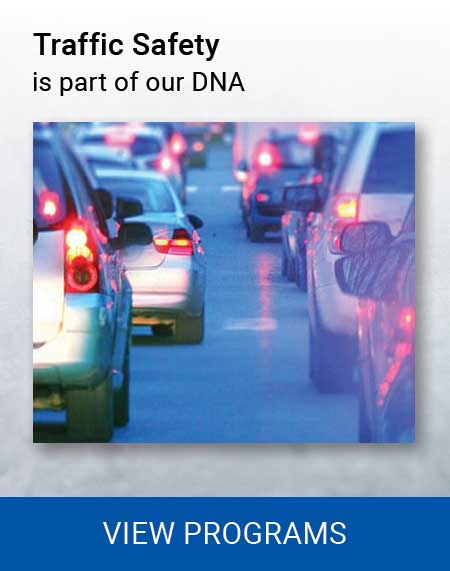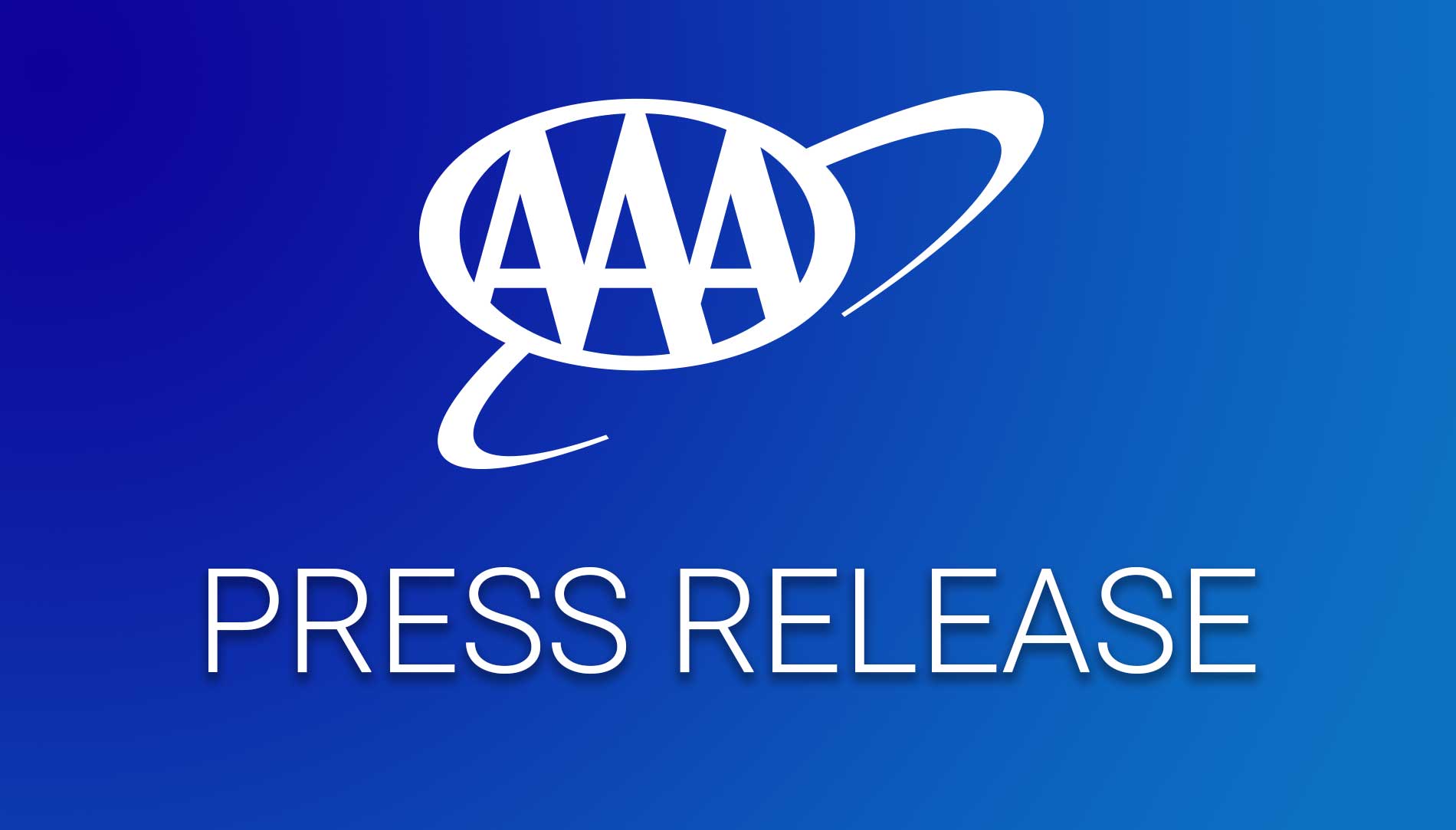New AAA Foundation Research Also Shows That Legal Limits For Marijuana And Driving Are Meaningless
BELLEVUE, Wash. — Fatal crashes involving drivers who recently used marijuana doubled in Washington after the state legalized the drug, according to the latest research by the AAA Foundation for Traffic Safety. New research also shows that legal limits for marijuana and driving are arbitrary and unsupported by science, which could result in unsafe motorists going free and others being wrongfully convicted for impaired driving. Washington was one of the first two states to legalize the recreational use of marijuana, and these findings raise serious concerns about drug-impaired driving with at least 20 states considering marijuana legalization this year.
The Foundation examined drug tests and fatal crashes among drivers in Washington, where marijuana was legalized in December 2012. The researchers found:
- The percentage of drivers involved in fatal crashes who recently used marijuana more than doubled from eight to 17 percent between 2013 and 2014.
- One in six drivers involved in fatal crashes in 2014 had recently used marijuana, which is the most recent data available.
“The significant increase in fatal crashes involving marijuana is alarming,” said Peter Kissinger, President and CEO of the AAA Foundation for Traffic Safety. “Washington serves as an eye-opening case study for what other states may experience with road safety after legalizing the drug.”
In an attempt to enforce drug-impaired driving, some states have created legal limits, also known as per se limits, which specify the maximum amount of active THC that drivers can have in their system based on a blood test. THC is the main chemical component in marijuana that can impair driver performance and affect the mind. These limits are similar in concept to the .08 BAC limit for driving under the influence of alcohol.
Researchers examined the lab results of drivers arrested for impaired driving, and the results suggest that legal limits for marijuana and driving are problematic because:
- There is no science showing that drivers reliably become impaired at a specific level of marijuana in the blood. Depending on the individual, drivers with relatively high levels of marijuana in their system might not be impaired, while others with low levels may be unsafe behind the wheel. This finding is very different from alcohol, where it is clear that crash risk increases significantly at higher BAC levels.
- High THC levels may drop below legal thresholds before a test is administered to a suspected impaired driver. The average time to collect blood from a suspected driver is often more than two hours because taking a blood sample typically requires a warrant and transport to a facility. Active THC blood levels may decline significantly and could drop below legal limits during that time.
- Marijuana can affect people differently, making it challenging to develop consistent and fair guidelines. For example, frequent users of marijuana can exhibit persistent levels of the drug long after use, while drug levels can decline more rapidly among occasional users.
“There is understandably a strong desire by both lawmakers and the public to create legal limits for marijuana impairment, in the same manner as we do with alcohol,” said Marshall Doney, AAA’s President and CEO. “In the case of marijuana, this approach is flawed and not supported by scientific research. It’s simply not possible today to determine whether a driver is impaired based solely on the amount of the drug in their body.”
AAA is urging states to use more comprehensive enforcement measures to improve road safety. Rather than relying on arbitrary legal limits, states should use a two-component system that requires (1) a positive test for recent marijuana use, and most importantly, (2) behavioral and physiological evidence of driver impairment. This system would rely heavily on two current law-enforcement training programs: Advanced Roadside Impaired Driving Enforcement (ARIDE) and the 50-state Drug Evaluation and Classification (DEC) program. These programs train law enforcement officers around the country to more effectively recognize drug-impaired driving.
“Marijuana can affect driver safety by impairing vehicle control and judgment,” continued Doney. “States need consistent, strong and fair enforcement measures to ensure that the increased use of marijuana does not impact road safety.”
Whether the use of marijuana is legal or not, all motorists should avoid driving while impaired. Just because a drug is legal does not mean it is safe to use while operating a motor vehicle. Drivers who get behind the wheel while impaired put themselves and others on the road at risk.
Four states, including Alaska, Colorado, Oregon, Washington and Washington, D.C., have legalized the recreational use of marijuana, and 20 states have legalized it for therapeutic and medicinal use. Montana and Washington have implemented a per se limit for marijuana at 5 ng/mL; Nevada and Ohio have set a limit at 2 ng/mL; and Pennsylvania’s is set at 1 ng/mL. Twelve states have strict per se laws that forbid the presence of any levels of marijuana. In Colorado, a blood concentration of 5 ng/mL or more gives rise to permissible inference that a person was driving under the influence of the drug.
This news release promotes two new studies by the AAA Foundation into marijuana and driving:
- Prevalence of Marijuana Involvement in Fatal Crashes: Washington, 2010-2014
- An Evaluation of Data from Drivers Arrested for Driving Under the Influence in Relation to Per se Limits for Cannabis
- The Foundation also is releasing related research into marijuana and driving, including:
- Cannabis Use among Drivers Suspected of Driving Under the Influence or Involved in Collisions: Analysis of Washington State Patrol Data
- Driving Under the Influence of Alcohol and Marijuana: Beliefs and Behaviors, United States, 2013-2015
- Advancing Drugged Driving Data at the State Level: Synthesis of Barriers and Expert Panel Recommendations
- Overview of Major Issues Regarding the Impacts of Alcohol and Marijuana on Driving






